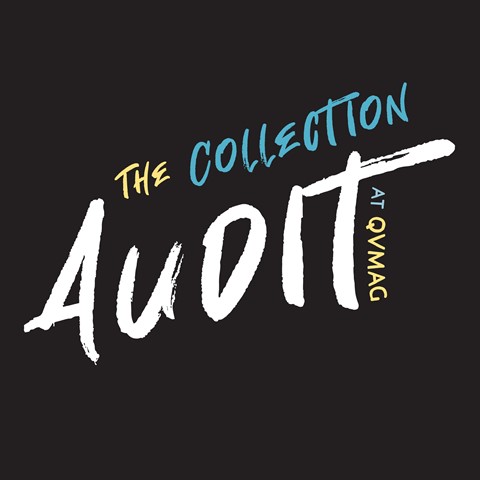The Collection Audit, Queen Victoria Museum and Art Gallery, February 2020
 What is the Audit
What is the Audit
The Collection Audit is aimed at creating a database of QVMAG’s 1.5 million artworks and objects.
Why are we doing it
QVMAG has committed to undertake a thorough Audit of its entire collection including Visual Arts and Design, Natural Sciences and History in order to create an ongoing digitised record, and to ensure that our collections are as accessible as possible.
This is the first full audit of these collections since the museum’s inception in 1891.
Until the start of this audit, approximately 18% of objects were registered on our database. We recognise the need for every single item in QVMAG’s collection – from tiny native fleas to expansive landscape paintings to railway carriages – to be meticulously assessed and documented for present and future communities to treasure and learn from. Because, ultimately, a museum holds a record of the past and present for the future and we must preserve this as best we can.
The Audit is uncovering marvellous objects of cultural, social and environmental significance that are stitching together inspiring and intriguing new narratives. We are gaining new knowledge every day and this is informing and shaping our own work and practice.
Museums are complex places and their workings can sometimes seem mysterious. Through the ‘window’ to the Audit Space, our community can see staff at work with the collection and understand a little more about their roles.
Where are we doing it
The Audit has begun at the Art Gallery at Royal Park. The temporary exhibitions gallery located on the ground floor of the Art Gallery has been repurposed as the Audit Space, in which our curators, officers and volunteers are meticulously documenting the collection in full view of the public. We encourage the community to come along and watch us at work through the glass doors.
The Audit will move to the Museum at Inveresk once all objects at the Art Gallery have been documented. However, most of our 1.5 million objects are Natural Sciences specimens are mainly housed at the Art Gallery, therefore we expect to remain here for some time.
How are we doing it
Each artwork or object is briefly removed from its storage area, details entered into the database, a basic ID photograph taken and a barcode allocated, before being returned to its storage location.
Afters the collections are entered into the database, they can be uploaded to an online catalogue so that audiences anywhere can research and engage with our wonderful material. Once this digital information is created, it can be used in exciting new ways.
QVMAG curators, registrar, officers and our dedicated team of volunteers are working on the Audit daily.
How long will the Audit take
The QVMAG Collection Audit began in mid-2019 and will be ongoing as we work our way through the vast collection while also acquiring new objects. We hope this Audit creates an outstanding model for collections research, care and maintenance for industry and future guardians of the QVMAG archives.
Gallery changes
The Audit has presented an excellent opportunity to reconsider the presentation of spaces at our Royal Park site.
The former Colonial and Federation Galleries are now closed as we refurbish these spaces in order to better control the environment, keeping our treasured works safe into the future.
Most of the classical works from these galleries are now on display in the Corner Gallery that is still open to visitors.
We hope to reopen the spaces in late 2020.
In the meantime we will be showing the temporary/touring exhibitions, ArtRage 2019 in the Front Galleries upstairs from mid December and Calculating Infinity in our Main Gallery downstairs. Don’t forget the exclusive Tom Roberts display, either.
Stay across the Audit
We will be providing updates about the Audit across our social media pages.
Video
Listen below as our Collections and Research Manager, Dr Christine Hansen unpacks the Collection Audit:

